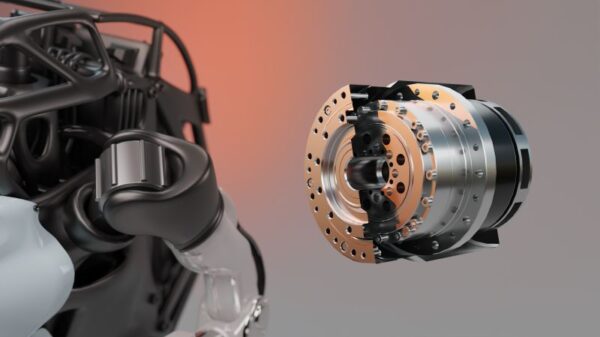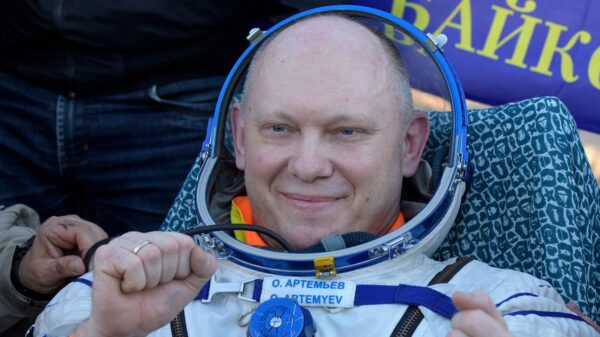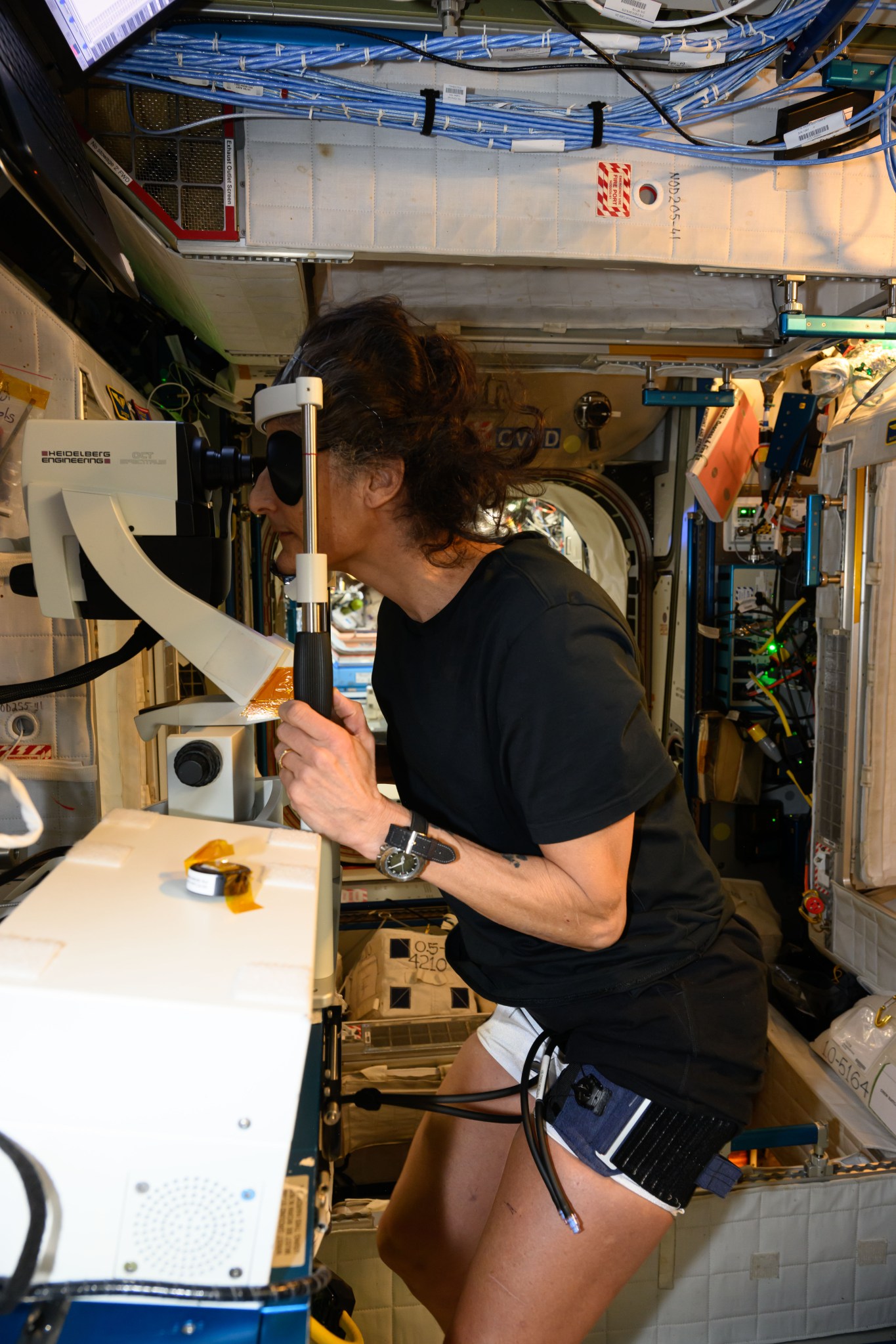NASA is conducting comprehensive studies on vision changes experienced by astronauts aboard the International Space Station (ISS). These investigations have revealed a phenomenon known as Space-Associated Neuro-Ocular Syndrome (SANS), a condition that has led many astronauts to require stronger reading glasses during their extended missions. Research indicates that alterations in eye shape and swelling of the optic disc may be contributing factors.
As astronauts spend extended periods in microgravity, typically six months or longer, the body undergoes significant physiological changes. One key area of concern is the shift of blood and cerebrospinal fluid toward the head, which could be an underlying cause of SANS. Current research initiatives, including the Thigh Cuff investigation, are exploring the potential of using tight leg cuffs to modify fluid movement within the body. If successful, these cuffs may help mitigate the effects of fluid shifts, thereby protecting astronauts’ vision on future missions to the Moon and Mars.
Understanding Fluid Shifts and Their Impact
The Fluid Shifts investigation, conducted from 2015 to 2020, was pivotal in uncovering changes in how blood drains from the brain in a microgravity environment. This research led to the Vision Impairment and Intracranial Pressure (VIIP) study, which examined the connection between fluid shifts and increased intracranial pressure and their roles in SANS development. Researchers employed a variety of techniques, including clinical eye exams, retinal imaging, and magnetic resonance imaging, to assess these changes.
Approximately 300 astronauts participated in a survey aimed at documenting vision changes during their missions. Findings from one research paper highlighted how advanced imaging techniques have significantly enhanced the understanding of SANS. The authors pointed to the development of a head-mounted virtual reality display that could facilitate non-invasive assessments for diagnosing SANS effectively.
Another study detailed the case of an astronaut who experienced more pronounced vision changes after a six-month mission. Factors like B vitamin supplementation and lower cabin carbon dioxide levels appeared to contribute to symptom improvement post-flight. While this single case does not establish causality, it raises important considerations about environmental impacts on astronaut health.
Investigating Eye Tissue Mechanics
The SANSORI investigation, led by the Canadian Space Agency (CSA), utilized Optical Coherence Tomography to explore whether decreased tissue stiffness around the eye contributes to SANS. On Earth, variations in eye tissue stiffness are associated with aging and conditions such as glaucoma. The findings suggest that long-duration spaceflight alters the mechanical properties of eye tissues, potentially exacerbating vision issues.
In another noteworthy study, the MHU-8 investigation by the Japan Aerospace Exploration Agency (JAXA) examined genetic changes in mice after spaceflight. This research identified alterations in the optic nerve and retinal tissue, indicating that artificial gravity could serve as a countermeasure to prevent these changes in future missions.
Together, these studies aim to advance the understanding of vision impairment in astronauts, potentially leading to improved prevention, diagnosis, and treatment options. The insights gained from investigating SANS not only benefit space missions but could also have applications for treating vision-related conditions on Earth, particularly for individuals experiencing fluid buildup due to long-term bed rest or specific medical conditions.
As NASA continues to delve into the complexities of human health in space, the implications of this research extend far beyond the ISS, potentially enhancing astronaut safety and health for future explorations into deep space.





































































